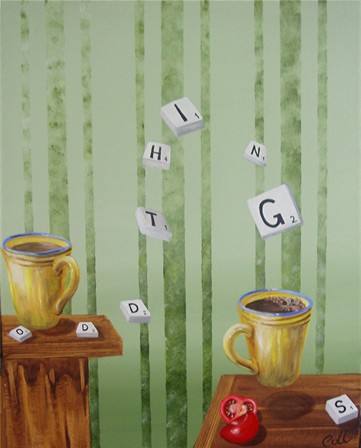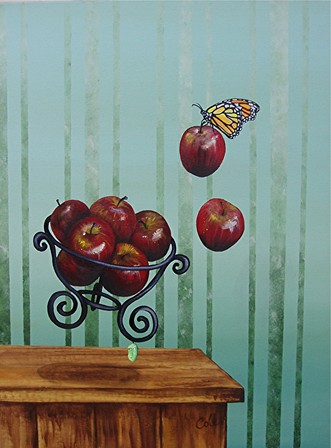Exploring the Sensational World of Surrealism
Unlocking the Enigmatic World of Surrealism:
A Journey into Extraordinary Creativity
Surrealism, a captivating cultural movement that emerged in the early 1920s, extends far beyond painting. Its influence permeated literature, film, music, philosophy, and more. Renowned artists Salvador Dalí and René Magritte left an indelible mark on the movement with iconic artworks like Dalí's mesmerising "Persistence of Memory" and Magritte's enigmatic "The Son of Man."
At its core, Surrealism aimed to unveil the depths of the human psyche by stripping ordinary objects of their conventional meaning. Instead, it forged captivating images that transcended formal norms, eliciting empathy within viewers.
The movement was influenced by Sigmund Freud's psychoanalytic theories, which explored the role of dreams and the unconscious mind in shaping human experiences.
Surrealists sought to tap into the wellspring of creativity found in the subconscious, unleashing a torrent of unfiltered imagery onto their canvases. And by merging contrasting elements, they challenged the constraints of reality.
They also embraced the irrational, creating a new visual language that defied logical explanation.
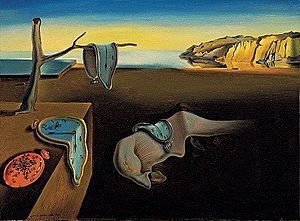
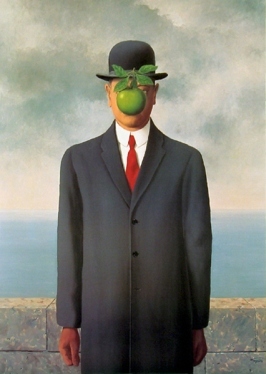
In 1931, pivotal moments in the evolution of Surrealist painting unfolded. Magritte's "Voice of Space" showcased three bell-like spheres suspended above a landscape, challenging our perception of spatial relationships. Yves Tanguy's "Promontory Palace" presented molten forms and fluid shapes, inviting viewers into an ethereal realm where reality and imagination intertwine.
Finally, Dalí, renowned for his melting clocks, elevated the use of fluid shapes in his iconic masterpiece, "The Persistence of Memory," evoking a sense of earthly distortion and psychological intrigue.
Even after personal and professional tensions fragmented the Surrealist group, Magritte and Dalí continued to shape the movement's visual trajectory, expanding their influence into photography. Man Ray, a prominent Surrealist artist and photographer, captured the essence of the movement through his experimental techniques and evocative imagery. His captivating self-portrait is a testament to Surrealism's extension into various artistic mediums.
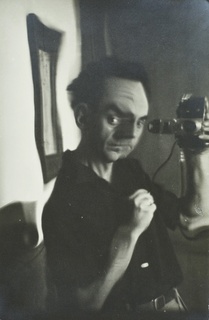
Today’s digital media and the ability to Photo just about anything see a whole new form of surrealism. Amazing artworks created in Photo and other such programs are only limited by the artist’s imagination and technical skill.
Here is an example of digital surrealism, click on image to visit their site and see more amaing images
Surrealism finds new expression in today's digital age by manipulating photographs and other digital media. Artists now unleash their imagination and technical skills to create mind-bending works of digital Surrealism.
The possibilities are endless, as exemplified by the mesmerising digital artwork of the Man in Suit painting himself in or out. Through digital tools and software, artists can bend and twist reality, blurring the boundaries between the physical and the imaginary.
As an artist, I find Surrealism both challenging and rewarding. It pushes me to explore unseen elements, juxtaposing reality and the surreal. In my artwork, such as "Not a Still Life with Red Apples," (picutred below)
I question the boundaries between suspended objects and the butterfly that seemingly carries or lands upon the apple. The surrealistic compositions I create invite viewers to interpret their own narratives and embark on a journey of imagination.
Combining tangible elements with imaginative creations fuels my passion for Surrealism. In my surrealist collection, the "Odd Things" painting exemplifies the intriguing fusion of reality and the unexpected. It challenges viewers to unravel its symbolic layers and explore the mysteries that lie beneath the surface.
Surrealism invites us to venture beyond the confines of the ordinary, beckoning us into a realm where imagination reigns supreme. It challenges us to embrace the unknown and unleash our creativity in ways that captivate and defy logic.
Because surrealism is a testament to the boundless potential of artistic expression and the power of the human mind to go beyond the constraints of reality.
Here's a Brief Outline of What Surrealism Means:
Definition:
Surrealism is an artistic and literary movement that emerged in the early 20th century, primarily associated with the works of André Breton and Salvador Dalí one my favourite artists. It aimed to unlock the power of the subconscious mind and explore the realms of dreams, nightmares, the irrational, and particullary the unbelievable.
Exploration of the Subconscious:
Surrealism sought to tap into the depths of the human psyche, embracing the power of dreams, fantasies, and the unconscious mind. Artists who considered themselves surrealists, aimed to depict and express these hidden elements in their works, challenging the traditional notions of reality and logic which we now see easy possibilites and interpretations with AI created imagery.
The Blurring of Reality and Imagination:
Surrealist artworks often depict impossible or dreamlike scenes, blending elements from the real world with fantastical and irrational elements. This comparison of dcontrasting elements creates a sense of surprise, wonder, and even psychological tension.
Automatism and Chance:
Surrealists embraced spontaneous creation techniques, such as automatism, where artists would let their hands move freely without any conscious control, allowing the subconscious mind to guide their artistic expression. They also incorporated chance and a sense of randomness in their creative processes to unleash the unexpected and convey unconventional imagery.
Symbolism and Metaphor:
Surrealist artworks frequently employ symbolic and metaphorical elements to convey deeper meanings and evoke emotional responses. These symbols often carry personal, cultural, or collective significance, inviting viewers to interpret the artworks in their own unique ways.
Liberation from Rational Constraints:
Surrealism aimed to liberate the creative spirit from the confines of rationality, encouraging artists to explore the uncharted territories of the mind. Through unconventional compositions, unexpected comparisons, and dreamlike imagery, surrealists have always challenged societal norms and conventions.
Finally
Overall, Surrealism invites us to question the boundaries of reality, explore the hidden recesses of the mind, and embrace the power of imagination. It continues to inspire and provoke thought, inviting viewers to embark on a journey beyond the limits of logic and explore the extraordinary.
